The Essential Power Tools List: 30 Different Types Everyone Should Own
-
- Last updated:
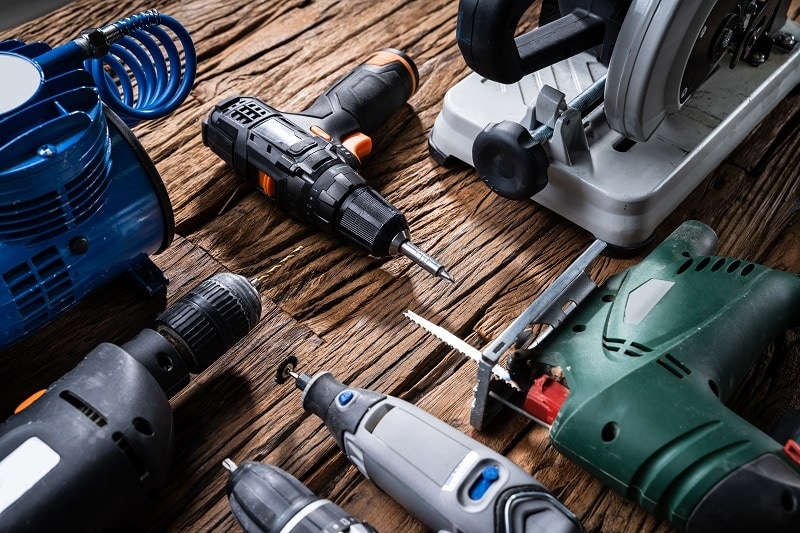

If you’re a homeowner who does repairs, there are several power tools that you need. Many of these tools make typical repair jobs easier, which is why we recommend most homeowners have them on hand. While you don’t have to go out and purchase every power tool on this list today, it is a good idea to refer back to this list often and slowly add these essential items to your set.

Drills & Similar Tools
1. Cordless Drill
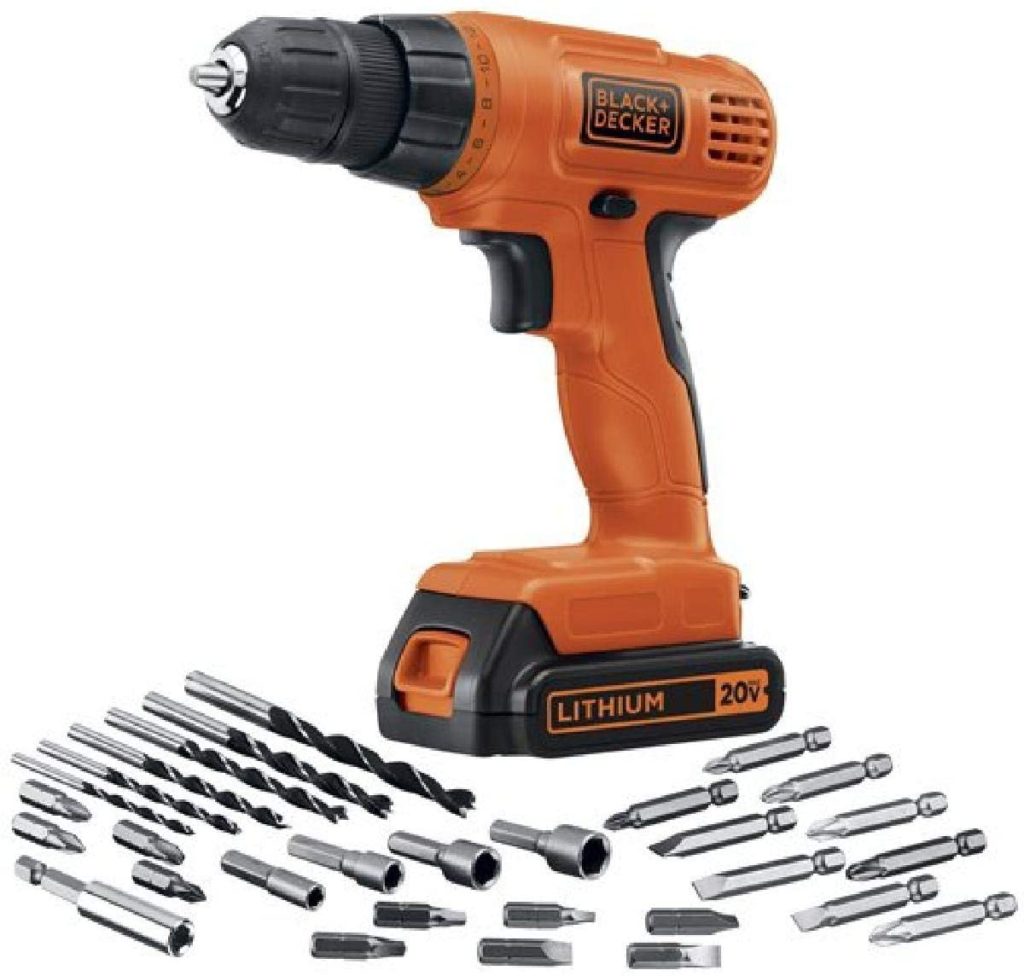
There’s a reason this tops our power tools list; if you’re going to purchase anything, you should purchase a cordless drill. These drills are usually powered by a battery, which makes them very portable. They also have enough strength to drive screws through thicker materials, like wood planks.
They’re used for many projects. If you need to put a hole in a wall, wood, or other challenging surfaces, this tool can do it. Corded options are also available, but they are not as portable as their cordless cousins.
2. Impact Driver

The impact driver is similar to a cordless drill and looks like one too. However, they can produce a lot more force than your average drill. They can place larger screws into harder surfaces thanks to their concussive action.
They usually accept many types of bits, which makes them very versatile. They’re an excellent tool to have around for more extensive and demanding projects.
3. Demolition Hammer
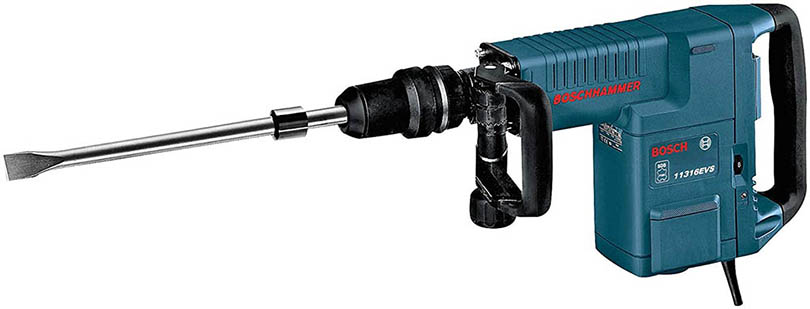
Sometimes called a “breaker” or “jackhammer,” the demolition hammer’s function is right in the name—it’s used for demolition projects that involve breaking up hard surfaces such as concrete, brick, or asphalt. With such a heavy-duty profile, handling a demolition hammer requires a certain amount of physical strength, but the tool will come in handy for DIY projects like the removal and installation of a patio. Cordless versions of this tool are affordable and surprisingly easy to handle!
4. Power Screwdriver
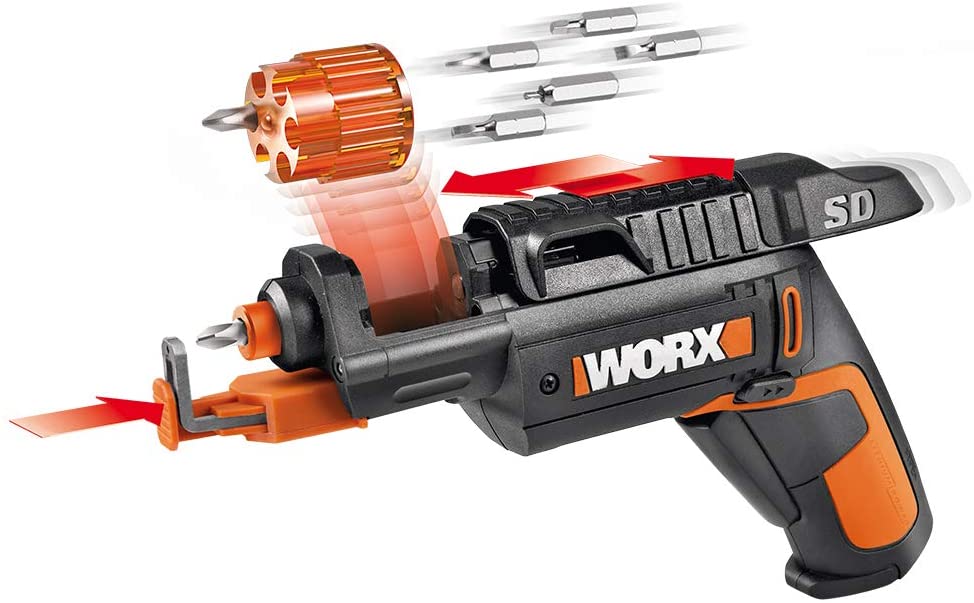
Power screwdrivers lie somewhere between a hand screwdriver and a drill. They run a little bit slower and are a little less versatile than a cordless drill. However, they have more torque than most drills, which allows you to screw directly into hard materials.
While these screwdrivers can technically work for any screwing project, they are usually only used in certain situations. They’re more for those who prefer a slower rate and higher torque. Whether you purchase one of these or a cordless drill is up to your personal preferences.
5. Nail Gun
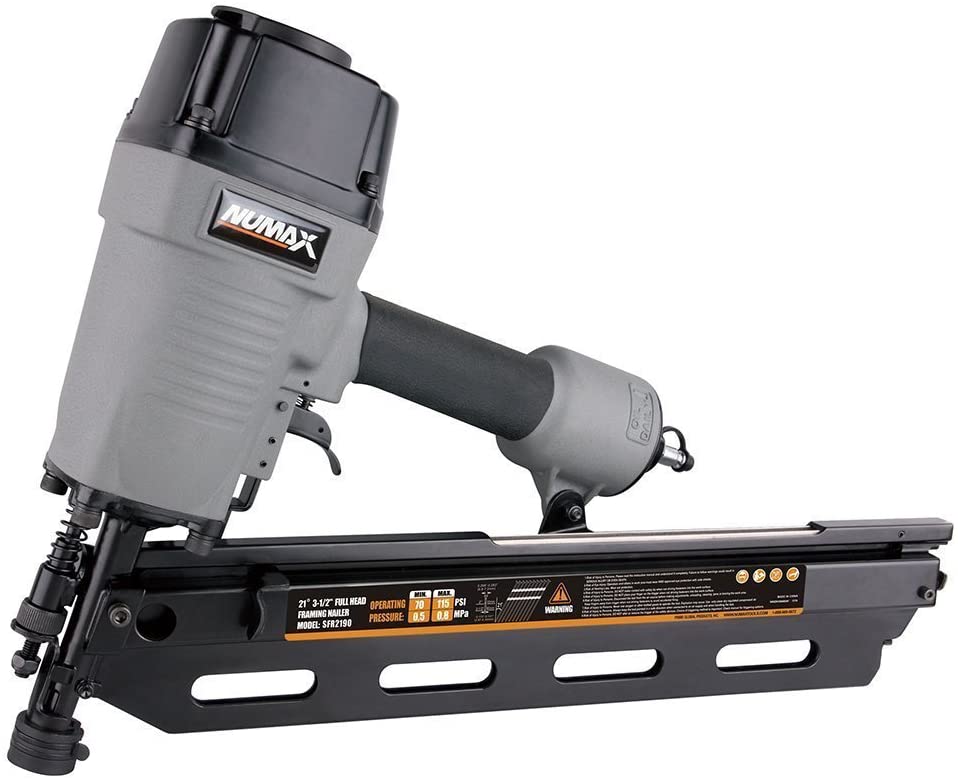
Nail guns are a powerful tool that shoots nails. It’s that simple. They’re a replacement to the hammer and are useful for any project that calls for nails. If you’re planning on using a lot of nails, a nail gun might save your arm. Most of them use compressed air, but you can find electric models too. There are many types of nail guns, depending on the size of the nail you need to use.
These tools aren’t too expensive, so there is no reason not to have one on standby.

Sanders & Grinders
6. Angle Grinder

Angle grinders are used to grind, cut, and polish various materials. They can even be used to cut through things like steel and tile. Some are powered by compressed air, which will require an air compressor, though others run on electricity.
Angle grinders are different from other grinders because they are at a 90° angle. This helps you get into places you wouldn’t be able to reach otherwise. It also decreases some of the side forces that other grinders produce.
7. Belt Sander
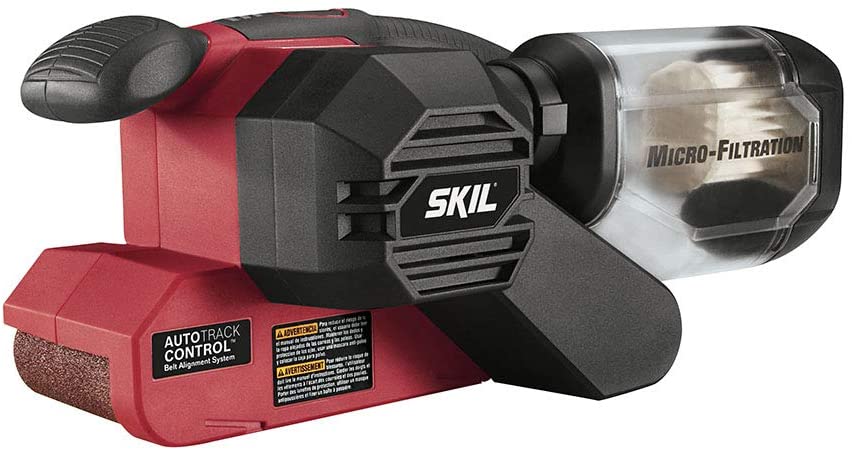
The belt sander is larger than other sanders, making it useful for sanding a large workpiece in a small amount of time. They’re pretty aggressive, and they aren’t usually used to finish projects. Instead, they’re usually the sander you start with.
Stationary belt sander benches are available, as are portable options.
8. Orbital Sander
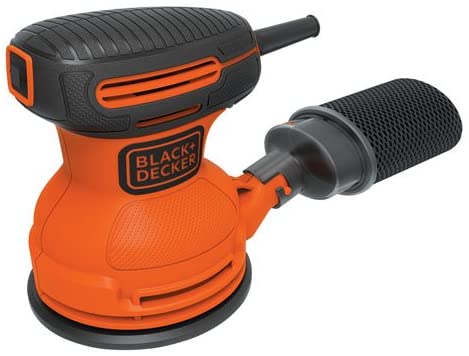
An orbital sander is a tool with a circular sanding surface that vibrates in a confined area. The sanding disk spins while also moving in small ellipses, like the planets orbiting around the sun. Because of this, they are best for getting into corners and against edges. They also leave less apparent marks.
These sanders are used for very light sanding, so they’re usually best when used to end a project. They are great for refinishing wood or removing a layer of paint.
9. Disc Sander
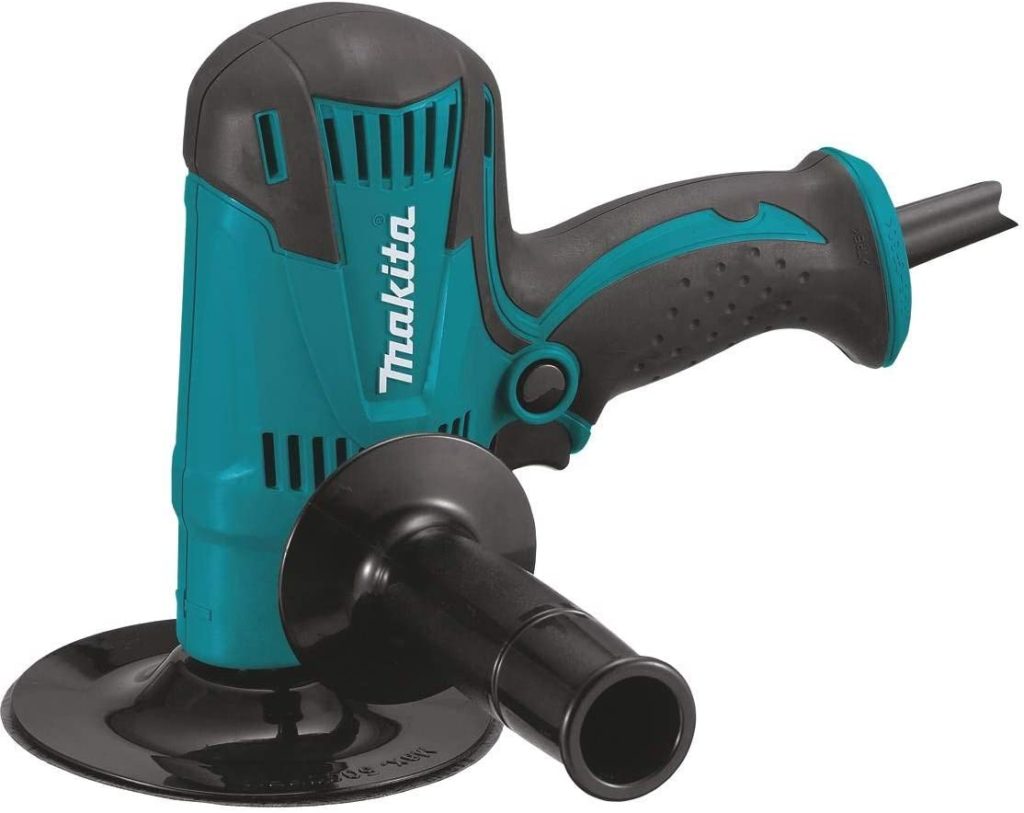
This sander comes with a round piece of replaceable sandpaper on a circular wheel. The wheel spins in place while you put your work material next to it on the bench. The machine is stationary, so you move the workpiece to control the sanding. This makes them perfect for rounding edges and straightening surfaces.

Saws
10. Band Saw
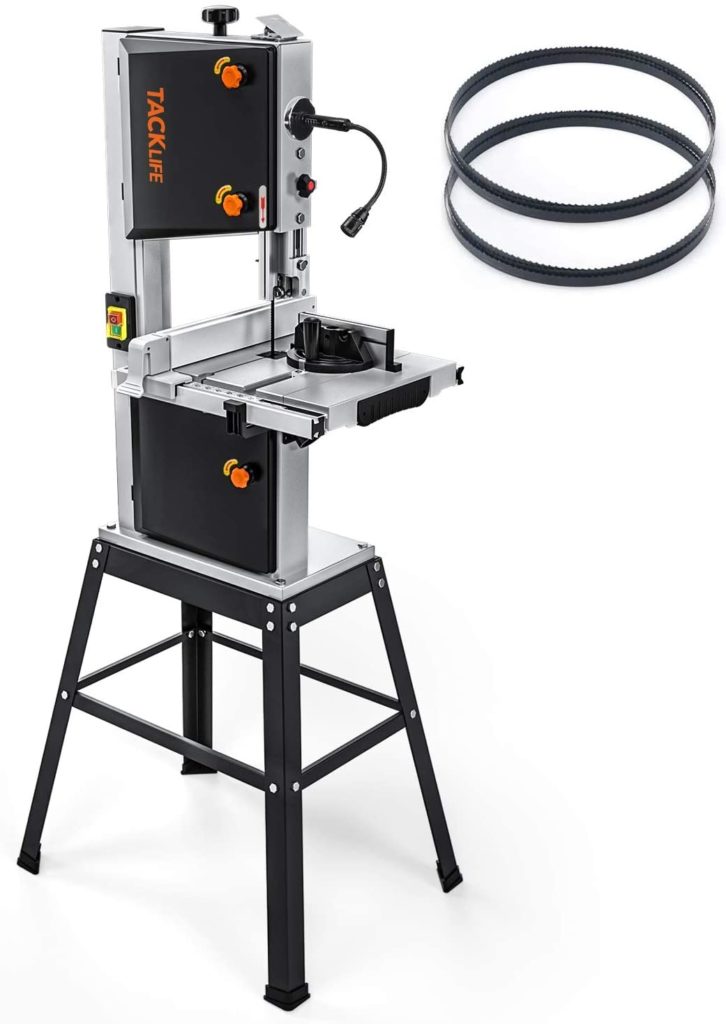
A band saw is a steel band with a sharp and jagged blade. It is used in professions and hobbies like woodworking, metalworking, and lumbering. To use it, the blade moves continuously up and down in an area. You move the wood against the blade, which makes it easy to make small, detailed cuts and angles.
Most band saws are stationary and designed to be put in a shop. Others are portable, though these are a bit rarer.
11. Chainsaw

Most people know what a chainsaw is and should probably have one in their workshop, just in case. They can run on batteries or gasoline, though gasoline is still the most popular option today. Chainsaws require quite a bit of maintenance and can be dangerous if misused. However, when used properly, they aren’t any more dangerous than most other products on this power tools list.
The chainsaw is extremely versatile because it can cut several materials. While most chainsaws are just designed for wood, you can find some that are specially made for concrete, ice, and stone.
12. Chop Saw
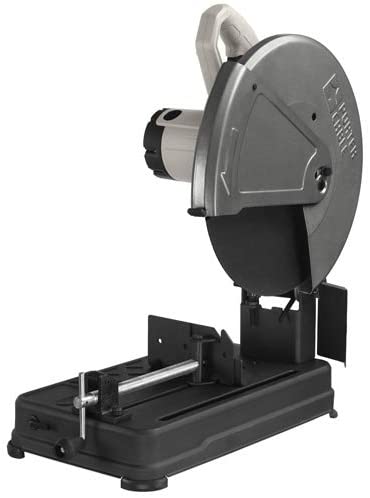
A chop saw is somewhat rarer today. You can still find them online, though they aren’t as popular as other items on this power tools list. They have a blade that is perpendicular to the table and cuts strictly at 90°. Unlike a miter saw, they do not swivel.
They can be useful for building homes and framing since they have a huge cutting capacity. However, they aren’t very versatile since they can only cut at one angle.
13. Circular Saw
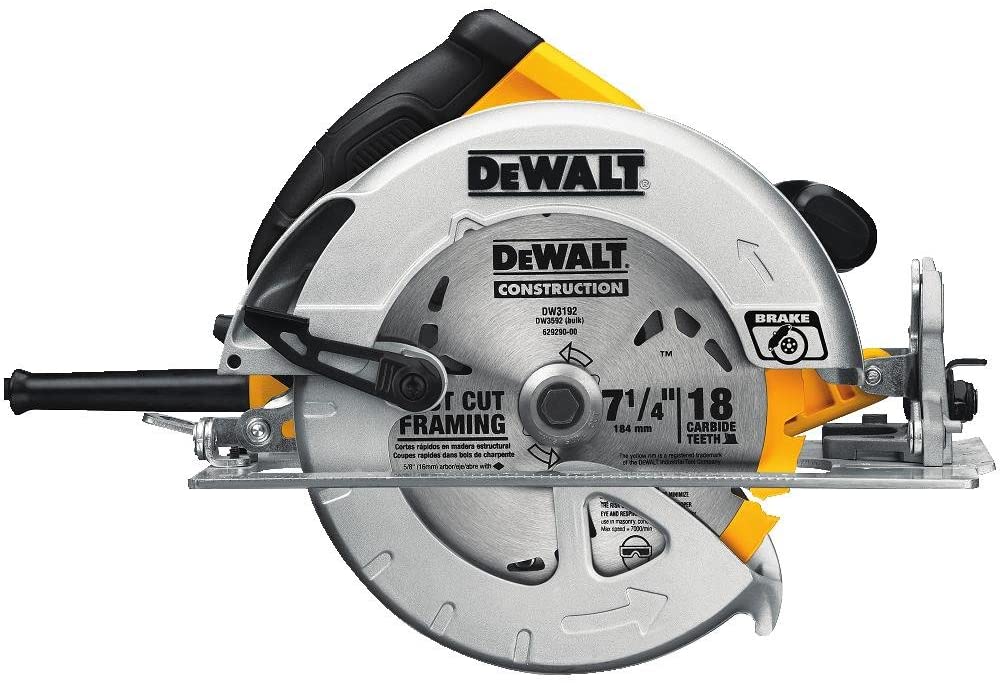
This is one of the most common power tools for hobbyists and professionals. They cut with a rounded blade in a circular motion, hence their name. They are perfect for making straight cuts, but many can make bevel cuts as well.
Usually, you can find circular saws that can cut various materials. Wood is the most common, but plastic, metal, and masonry can sometimes be cut as well.
14. Joiner
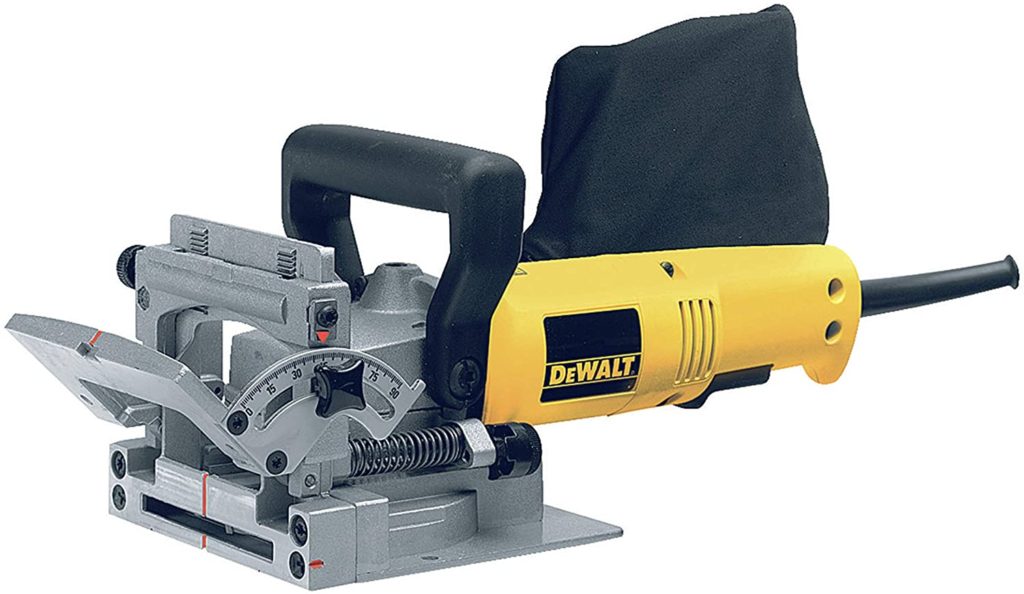
Joiners make very smooth, flat finishes along the edges of wooden workpieces. Because of this, they’re a niche power tool. However, if you work with wood a lot, it can be instrumental. They can cut the wood into the desired thickness with even sides, which is not something you can easily accomplish with other tools.
15. Jigsaw
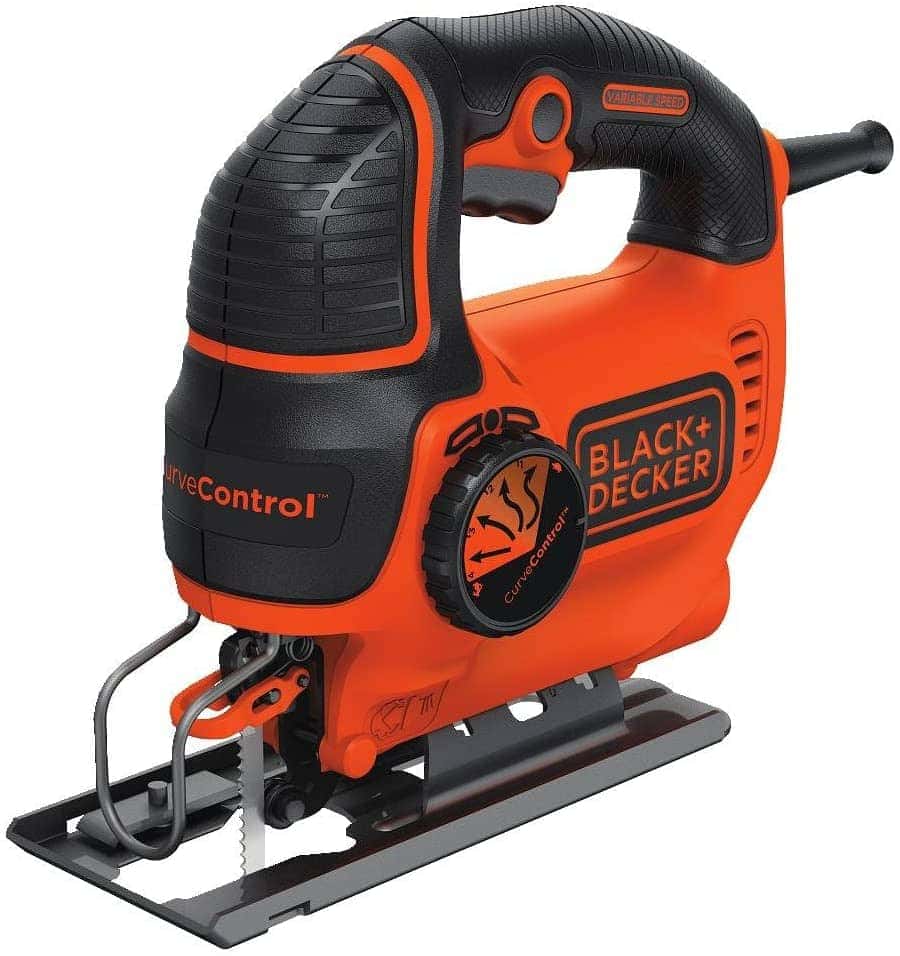
Jigsaws are very common, so you’ve probably seen one at least once and might even own one. They can cut shapes into a variety of materials, including curves. For hard-to-cut angles, these are the tools you need. Often, you can adjust the angle of the blade as well, providing even more versatility.
You can use this tool whenever you need to make a complicated shape. They also have a variety of other in-home applications, like carving pumpkins. They come with various blades so that you can cut just about anything.
16. Miter Saw

If you don’t have one already, you need to purchase a miter saw. These powerful tools can make cuts at different angles. They have a circular blade that rotates very quickly. The blade is attached to an arm that you pull down to cut your workpiece, which lies on a table below the blade. They’re pretty easy and straightforward to use, which makes them the right choice for beginners.
You can use a miter saw to cut several materials. However, they work best for crown molding, door frames, and similar projects where angled cuts are essential.
17. Radial Arm Saw
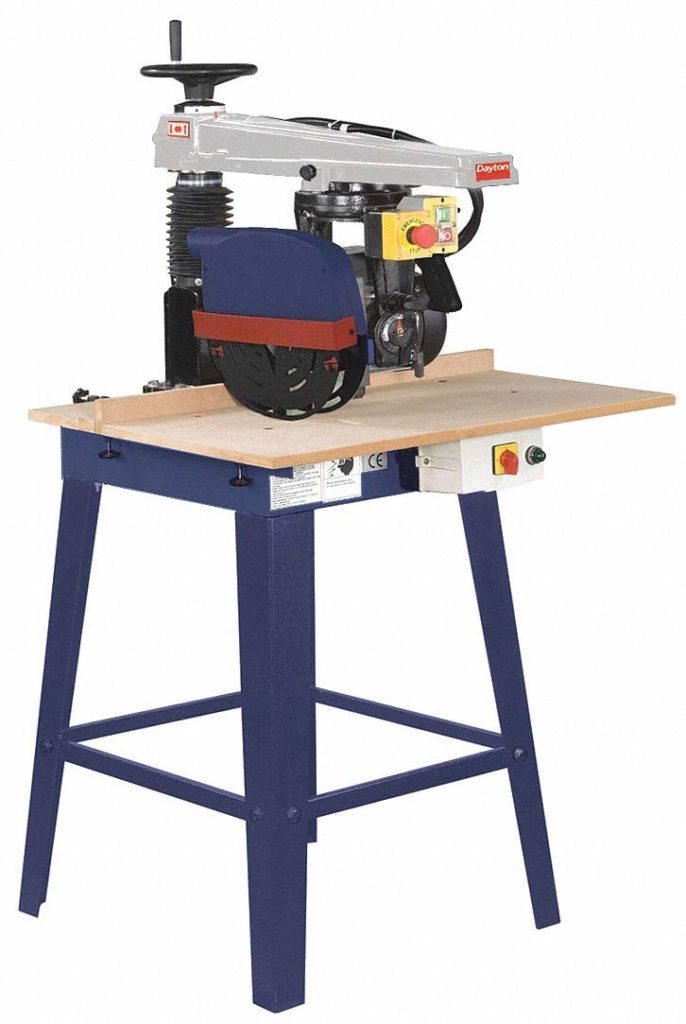
Radial arm saws can make similar cuts to other saws on our power tools list. They consist of a circular, mounted saw attached to a horizontal arm that slides. They can be used to make things like rip cuts and half-lap joints. If you need to cut long pieces of wood, this saw is likely a good option. However, a miter saw can be used for many of the same applications.
18. Reciprocating Saw
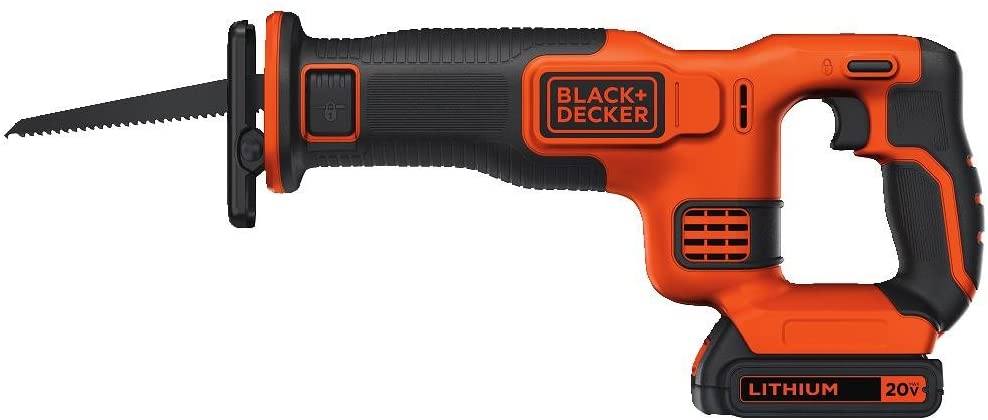
Next on our power tools list is the reciprocating saw. These saws have a blade that goes back and forth or “reciprocates.” The blade resembles a jigsaw and is serrated and large. Most have variable speeds to give you complete control of the saw as you cut, making them more versatile.
Usually, these saws are used for projects like demolition and construction work. Window fitters use reciprocating saws often, and emergency workers sometimes use them.
- See Also: 5 Best Air Reciprocating Saws
19. Scroll Saw
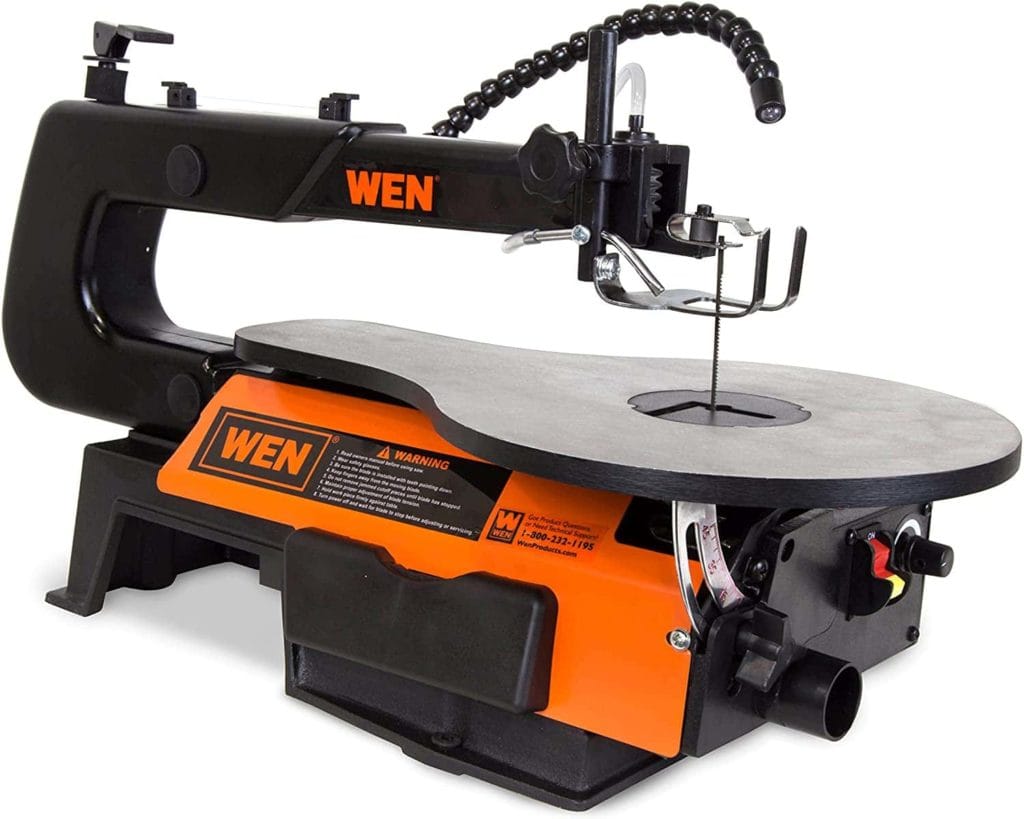
A scroll saw is a powerful tool that is mostly used to cut subtle and intricate designs, like when making wooden toys. They’re pedal-operated with a tiny blade that can cut very delicate designs. The blade stays in position while you move the wood around it, giving you complete control.
They can be used to make decorative patterns, wooden letters, jigsaw puzzles, smaller sculptures, and similar items.
20. Table Saw
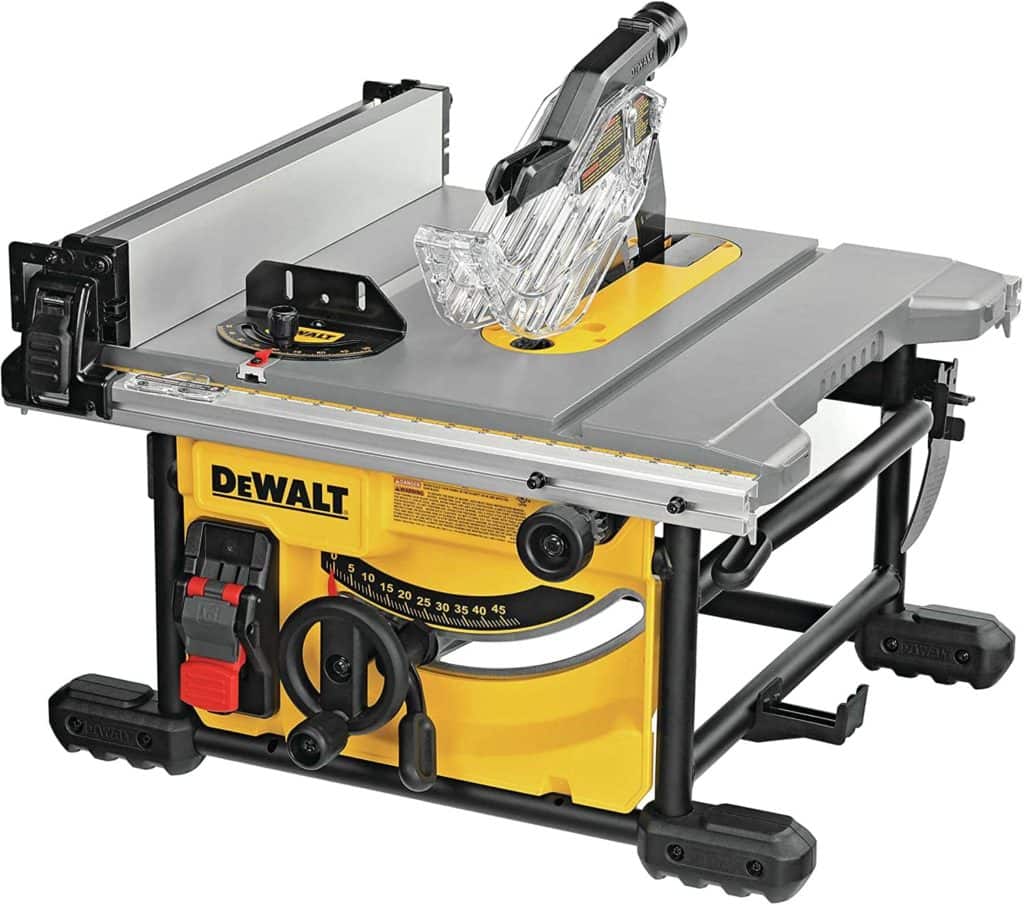
Table saws have a table with a round, rotating saw in the middle. They are used for making extreme cuts, cross cuts, and cutting hardwood. They are quite powerful, so they can cut through most pieces of wood quickly. Most are driven by electric motors and are stationary. You can’t carry a table saw around with you, but many have wheels for some portability, however.
21. Wall Chaser

This is a very niche tool used to cut grooves into walls. Wall chasers aren’t saws, but they have two abrasive discs, allowing them to cut through walls. They are mostly used for installing pipes and cutting grooves for other purposes.

Miscellaneous Tools
22. Air Compressor

Next on our power tools list is an air compressor which, of course, creates compressed air. Some tools need compressed air to work, and you never know when you’ll need to fill up a tire or ball. They can even be used to clean off equipment and work surfaces. If you have pneumatic tools, an air compressor will be necessary for them to work.
Most are stationary, but small portable options are available as well.
23. Biscuit Joiner

This is a woodworking tool. While a biscuit joiner is essential for many woodworking projects, you probably don’t need it unless you plan on joining pieces of wood together. It works pretty simply. It uses a circular blade to cut a small hole between two pieces of wood. Then, you can join the pieces of wood using this small hole and some glue.
You can use it on practically any type of wood. Its only use is joining wood together, so it is a bit less versatile than other power tools.
24. Heat Gun
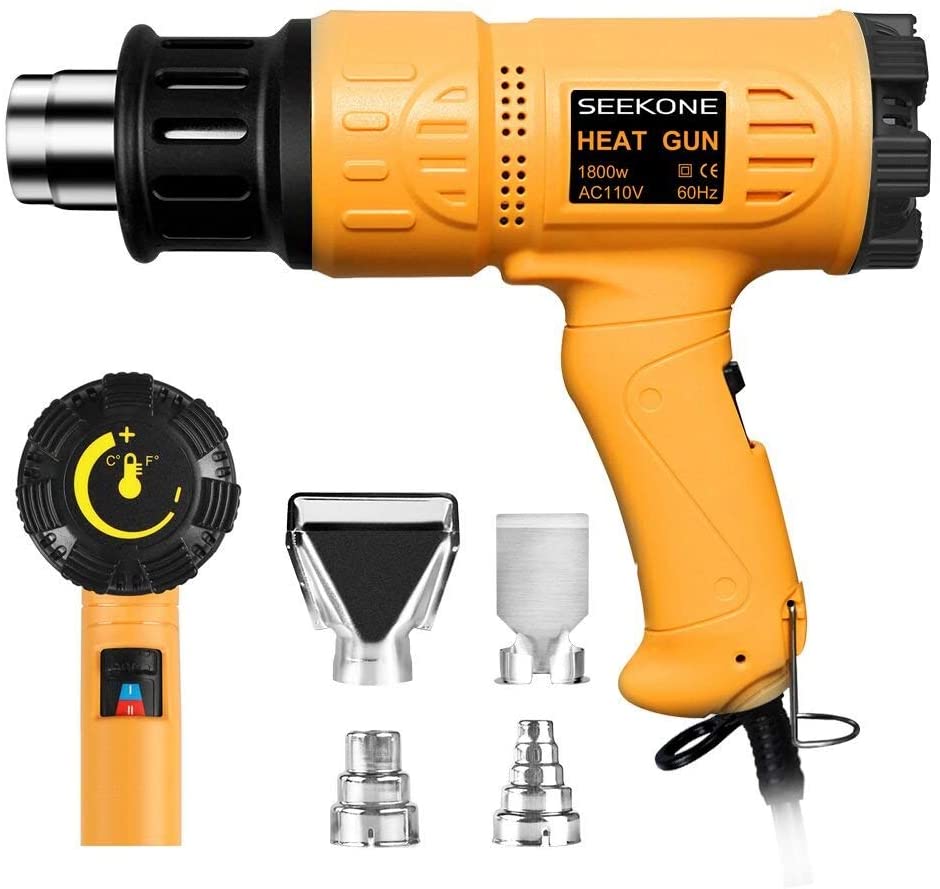
Heat guns emit hot air to thaw frozen materials. They’re a lot like a hairdryer, but the air is much hotter. There are many things you can do with a heat gun. Some people use them to shrink material, dry wood, bend plastic, and even thaw frozen pipes.
Because they’re so versatile, they’re an excellent tool to have around.
25. Impact Wrench
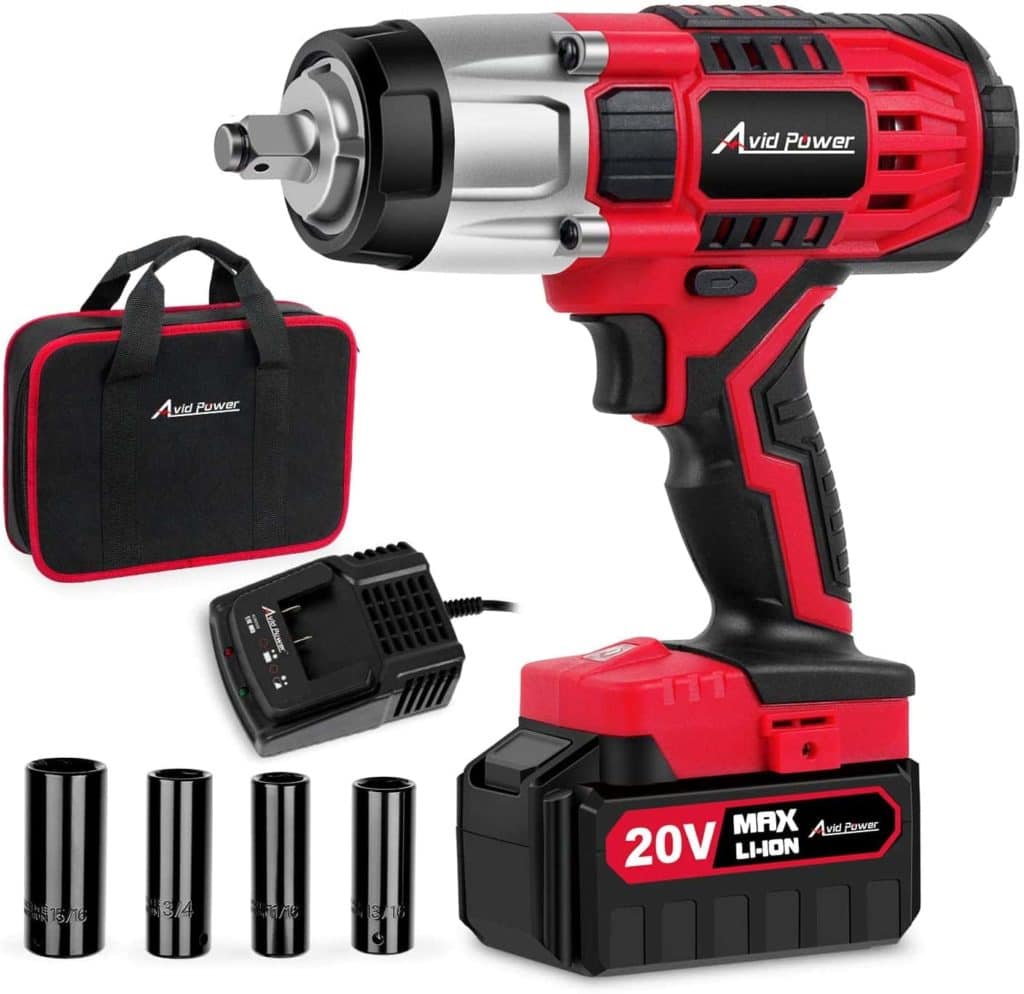
Next on our essential power tools list is the impact wrench. An impact wrench is a wrench that exerts a large amount of pressure with little work from the user. They create tons of torque. Usually, they used compressed air, though you can find electric models as well. These are great for loosening lug nuts that are too tight or removing screws that are stripped.
You should have at least one of these in your toolbox since you don’t know when you’ll need to remove an impossibly tight lug nut.
26. Lathe
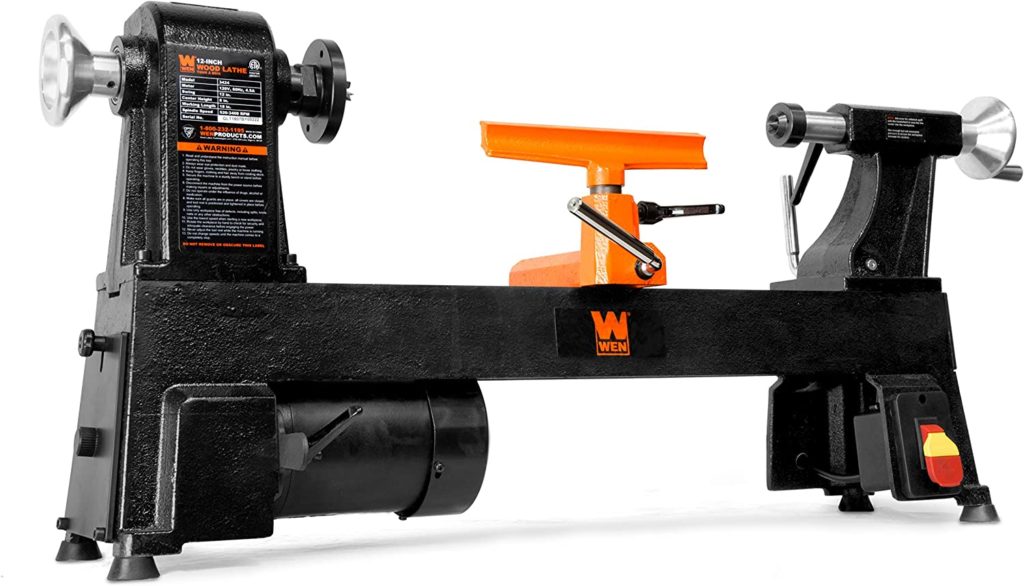
A lathe is not a stand-alone tool. It is a rotational table that turns while your cutting tool pushes against the workpiece. They are designed to help you craft objects with tricky designs that must be symmetrical, like bowls or baseball bats. They aren’t a “must-have” tool, but they can be instrumental in various projects.
27. Oscillating Tool
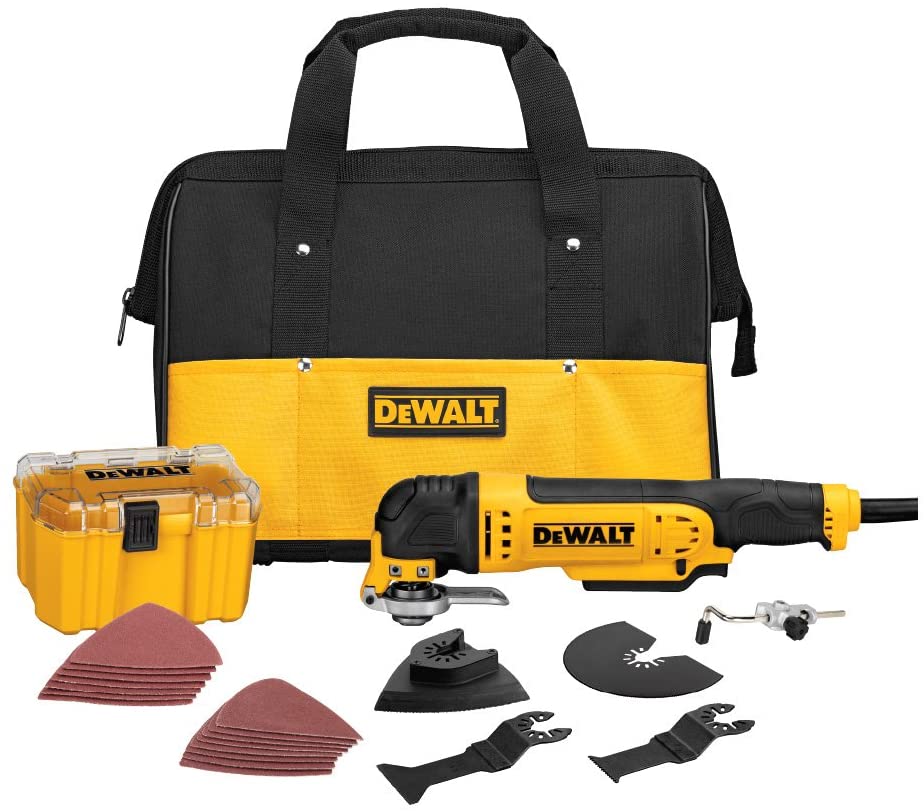
The oscillating tool could fit into many categories above, so we decided to put it in the miscellaneous section. The oscillating tool can perform many tasks They have interchangeable attachments that fit into the tool. The tool then rotates quickly back and forth. You can do everything from sanding to cutting to grinding with the different attachments.
Most popular brands have 100+ attachments available, so the versatility of this tool is almost endless. They’re small and portable, making them suitable for smaller jobs on the go.
28. Rotary Tool
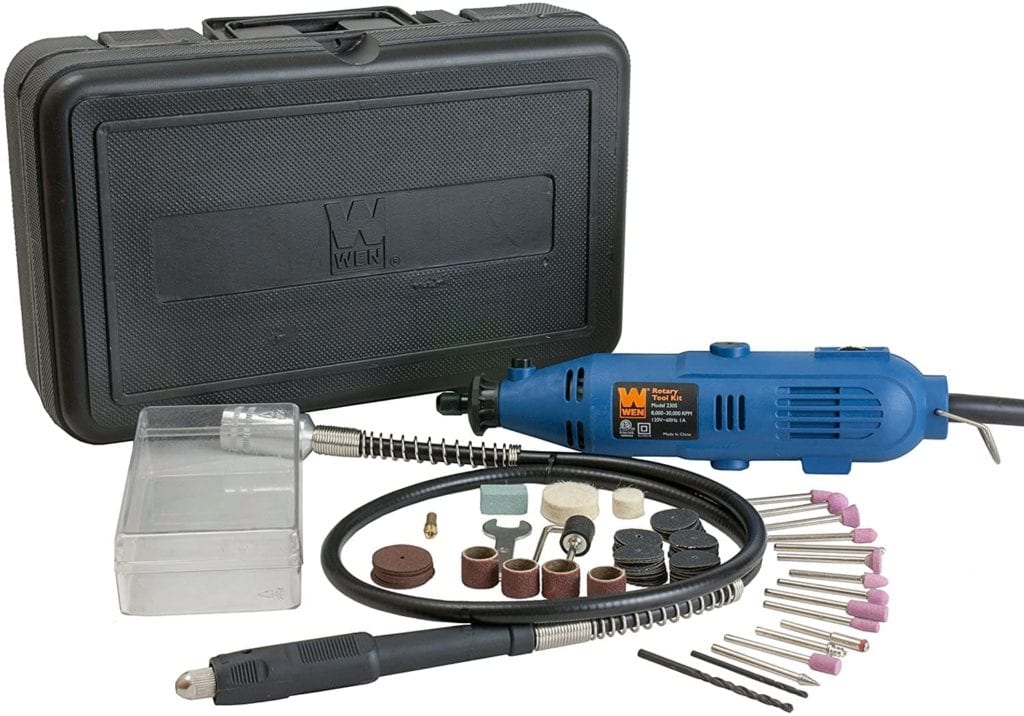
This is the most versatile tool in existence. You can use a rotary tool for almost any small project, and they come with hundreds of accessories and attachments. They’re small power tools with a rotary tip that spins very quickly. You can use them for sanding, carving bevels, polishing, etching, or even shining metal surfaces.
These tools are used in various professions and hobbies, from nail salons to woodworking shops.
29. Router
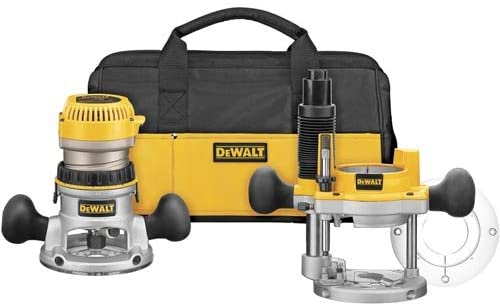
Routers are mostly used for woodworking. They are used to hollow a groove into hard material, like wood, to make things like cabinets, but many woodworkers consider them very versatile. You can use them anytime you need to make a groove or decently sized hole.
They can even shape things like metal. Some people use them to finish edges, create patterns, and recess door hinges.
30. Shop Vac
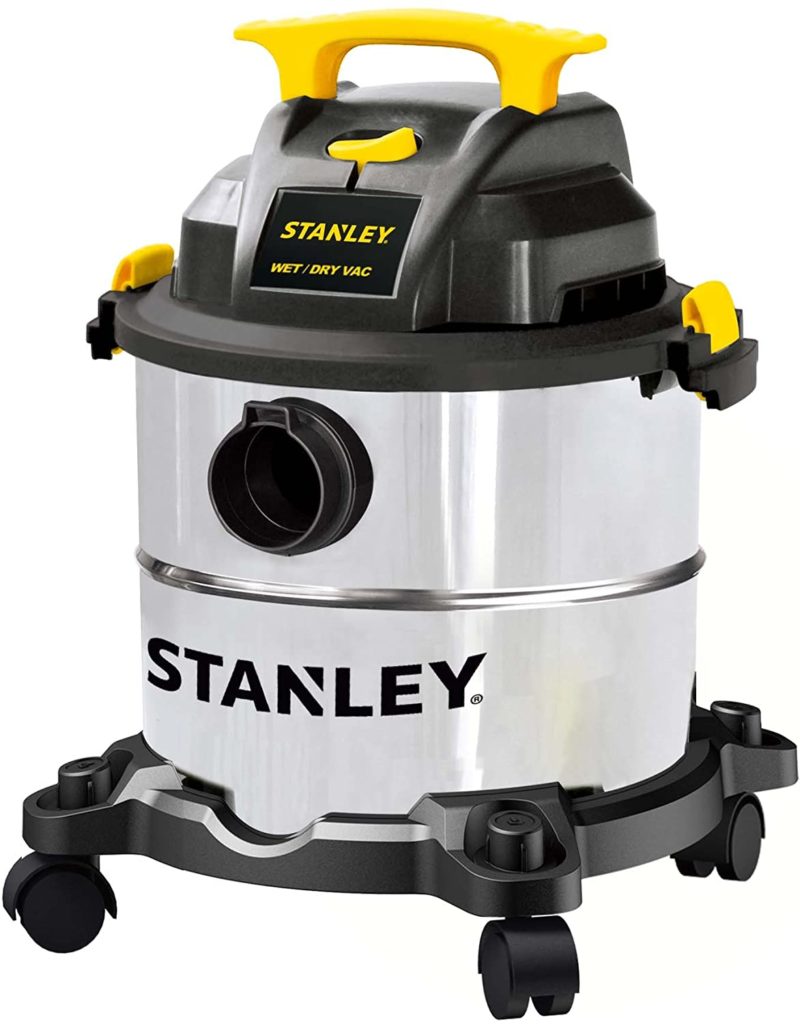
Most people will need a shop vac for their workshop. Unlike standard vacuum cleaners, you can use a shop vac to clean up significant messes of dirt, chunks of wood, and sawdust. The size and power of shop vacs vary considerably. These machines have no belts or rotating brushes, so they’re generally more durable and heavy-duty than your average home vacuum.
Shop vacs are useful in a variety of situations. We believe practically everyone should have a shop vac, even if you don’t do much DIY work.
- See Also: Our reviews of the best portable shop vacs of the year
- See Also: Tool Industry Behemoths: Who Owns What? (Brand Guide)
- See Also: Ryobi vs DeWalt: Which Power Tool Brand is Better
Featured Image Credit: Andrey_Popov, Shutterstock
Contents


